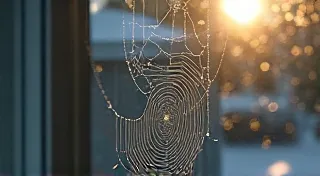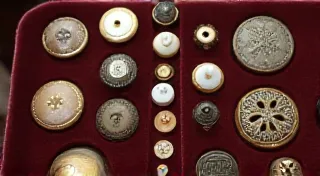The Paper’s Fragility: Environmental Factors and Preservation Strategies
There's a particular scent associated with vintage sheet music – a delicate blend of aged paper, ink, and sometimes, the faintest echo of the performance it documented. Holding a piece of it is a visceral connection to the past, a tangible link to a bygone era of music halls, grand pianos, and the aspiring musicians who painstakingly learned their craft. It’s a fragile connection, though, one easily threatened by the relentless march of time and the impact of our environment. I recall finding a collection of WWI-era patriotic songs in an antique store. The vibrancy of the cover art—the bold red, white, and blue—was breathtaking, yet the paper itself was brittle, threatening to crumble at the slightest touch. It sparked a deep respect, not just for the music itself, but for the responsibility we have to preserve these historical artifacts.
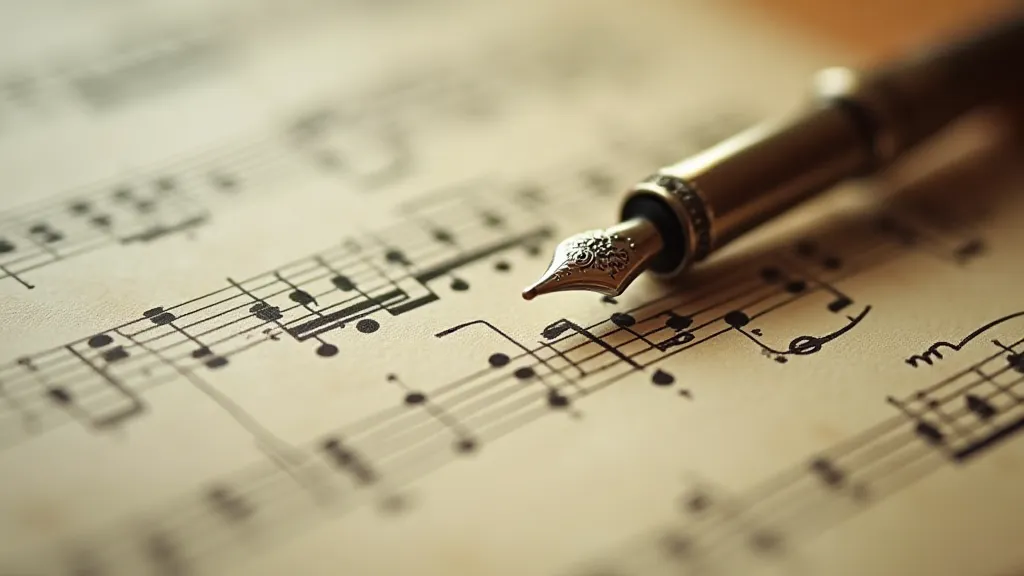
The Enemy Within: Understanding Degradation
Sheet music, unlike some other historical documents, isn’t just about the words or melodies it contains. It's a product of its time, crafted from readily available materials that, while charming in their character, are inherently vulnerable. The paper itself is often made from wood pulp, which contains lignin – a complex polymer that breaks down over time, causing the paper to become brittle and yellow. The inks, typically made from iron galls or other organic compounds, can also react with the lignin, exacerbating the discoloration and accelerating the degradation process. This isn’s merely cosmetic; it’s a structural weakening.
Consider the context of when much of this sheet music was produced. Mass production meant speed and affordability were prioritized over longevity. The quality of the paper and the inks used were often dictated by cost, not archival stability. Early printing techniques, like lithography, produced stunning visuals but were equally susceptible to fading and deterioration. The printing industry in the late 19th and early 19th centuries didn't fully grasp the long-term consequences of their choices, and we, the inheritors of this legacy, must now safeguard what remains. These early printing methods also played a significant role in shaping the visual narrative present on the sheet music, often contributing to the atmosphere and ambiance of the era – an element further explored in The Dance of the Margins: Visual Art & the Storytelling of Sheet Music Covers.
Light: The Silent Destroyer
Perhaps the most pervasive threat to vintage sheet music is light, particularly ultraviolet (UV) light. UV radiation acts like an accelerant, breaking down the chemical bonds in both the paper and the ink. This results in fading, discoloration, and a significant reduction in paper strength. Think of it this way: the vibrant cover art that draws us to these pieces – the very essence of their appeal – is precisely what’s most at risk. Displaying vintage sheet music, while tempting, is a perilous act unless proper precautions are taken. Direct sunlight is the worst offender, but even fluorescent lighting can contribute to the damage over time.
I once witnessed a beautifully preserved collection of ragtime sheet music virtually destroyed within a few years when it was placed on display in a brightly lit area. It served as a stark reminder of the constant vigilance required in preservation. The original owner, a passionate collector, had been unaware of the extent of the danger and, sadly, the damage was irreversible. This experience reinforced the understanding that responsible collecting isn’t just about acquiring beautiful objects; it’s about ensuring their survival for future generations. The music of that era often echoed through the parlors and gathering spaces of the time, and understanding its role in Shadows of the Salon: Sheet Music’s Role in 19th Century Social Gatherings provides crucial context to appreciating these fragile treasures.
Humidity and Temperature: A Delicate Balance
Beyond light, fluctuations in humidity and temperature pose significant challenges. High humidity encourages mold growth and weakens the paper fibers, while rapid temperature changes cause the paper to expand and contract, leading to cracking and warping. The ideal storage environment is cool, dry, and stable, with consistent temperature and humidity levels. Specifically, a temperature between 65-70°F (18-21°C) and a relative humidity of 30-50% is generally considered optimal. Maintaining this balance can be difficult, especially in climates with seasonal variations.
Think of an accordion—a beautifully crafted instrument often found accompanying sheet music of the era. Like the sheet music, an accordion thrives in a stable environment. Extreme changes in temperature and humidity will cause the wood, bellows, and keys to warp and crack. This parallel underscores the interconnectedness of these artifacts and the importance of understanding the conditions that sustain them. Beyond the material condition, understanding the cultural importance and performance context of this music also requires recognizing the ever-evolving practices surrounding it, a topic examined in detail in The Unfinished Cadenza: Sheet Music as a Record of Evolving Performance Practices.
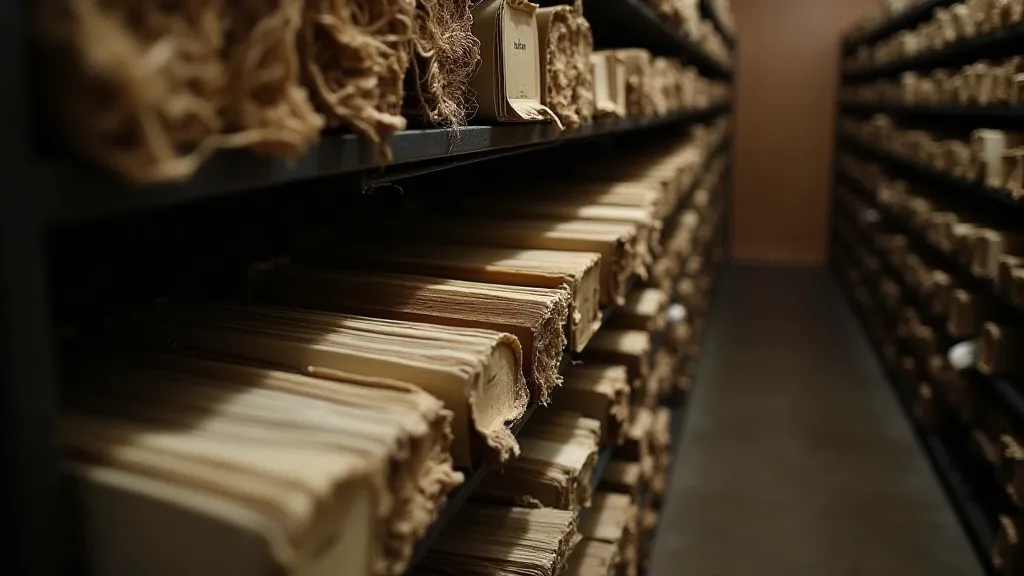
Practical Preservation Strategies
Fortunately, there are numerous steps that collectors can take to mitigate these risks and safeguard their vintage sheet music. The cornerstone of preservation is proper storage. Individual sheets should be placed in acid-free folders and sleeves—these neutralize the acidity of the paper and protect them from physical damage. Larger collections should be stored flat in archival boxes, away from direct sunlight and extreme temperatures.
Digitization is another valuable tool. Creating high-quality digital scans of vintage sheet music not only allows for easier access and study but also provides a backup in case of physical deterioration. However, it’s important to note that digitization shouldn't be seen as a replacement for physical preservation; it's a complementary strategy.
For those displaying vintage sheet music, UV-filtering glass or acrylic should be used to block harmful UV rays. Minimize exposure to direct sunlight and avoid prolonged display times. Consider rotating displayed pieces to reduce their overall exposure to light.
Beyond the Music: A Legacy Worth Protecting
Collecting vintage sheet music isn’t simply about possessing beautiful objects; it’s about connecting with a rich and vibrant cultural heritage. Each piece represents a snapshot of a bygone era – the music that entertained, inspired, and defined generations. It tells a story of composers, performers, and audiences, all interwoven in a tapestry of musical history. The craftsmanship involved – from the artistry of the engravers to the precision of the printers – is a testament to human skill and ingenuity.
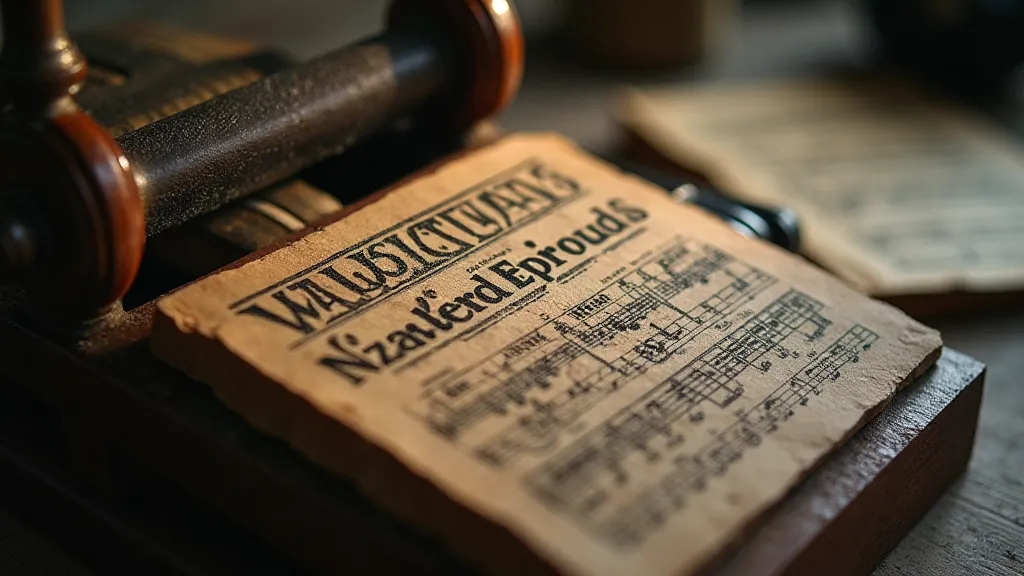
The techniques used to create these pieces were often complex and innovative for their time, and the nuances of authenticity and the processes of restoration are ongoing areas of study. The field of conservation continues to grapple with the challenges of preserving these historical records, as explored in Resonances of the Past: Authenticity and Restoration in Sheet Music Conservation. It’s a process that requires not just technical skill, but also a deep respect for the historical significance of the materials themselves.
By understanding the environmental challenges these delicate artifacts face and adopting responsible preservation strategies, we can ensure that these pieces continue to resonate with future audiences, preserving not just the music itself, but also the stories and the artistry that surround it. It's a responsibility we bear, not just as collectors, but as custodians of our cultural legacy. The act of collecting and preserving is a continuous journey, reflecting our dedication to safeguarding the echoes of the past for generations to come. The subtle details of typography and composition can offer invaluable insights into the social and artistic context of each piece, and we must strive to maintain the integrity of these fragile testimonies for posterity.
